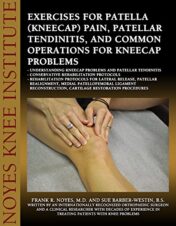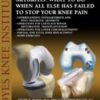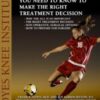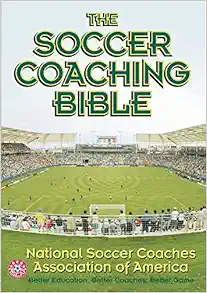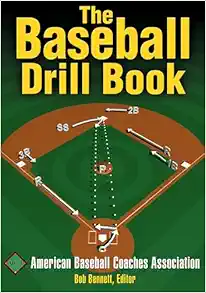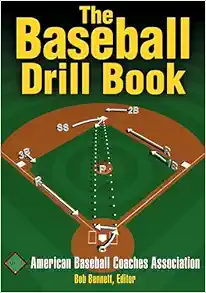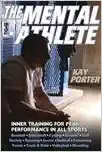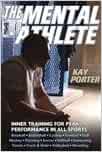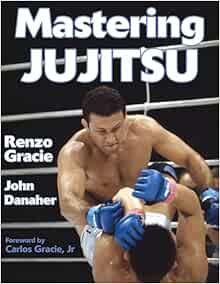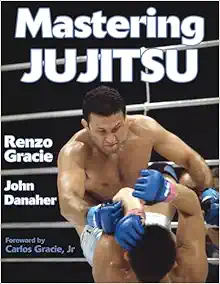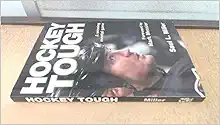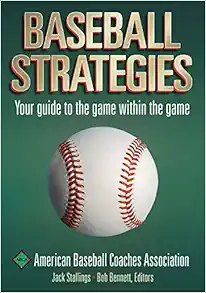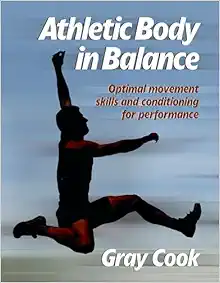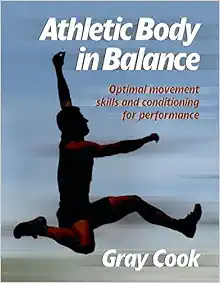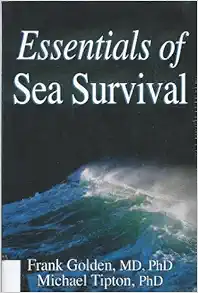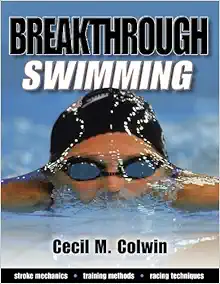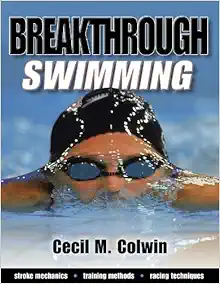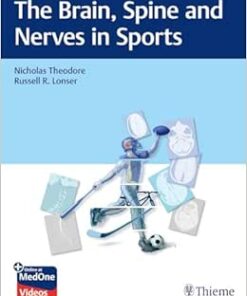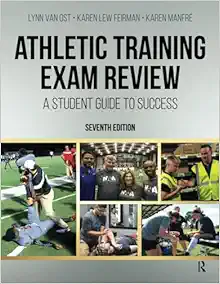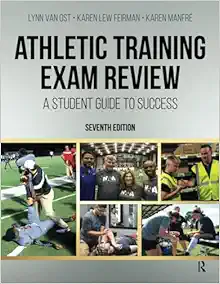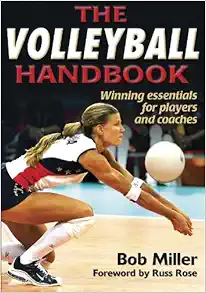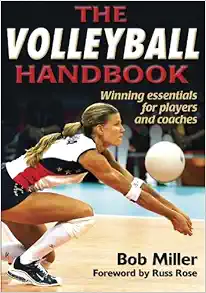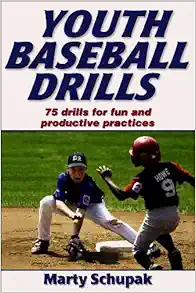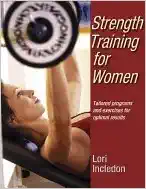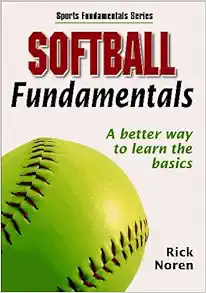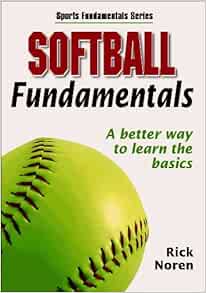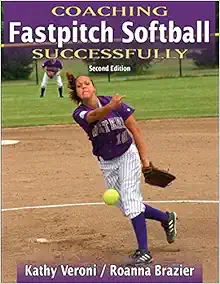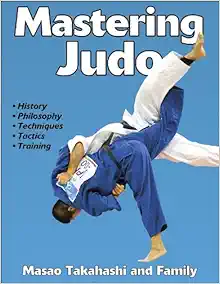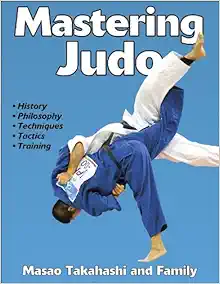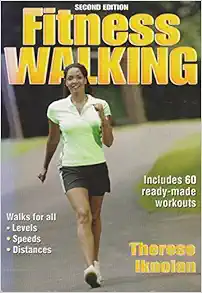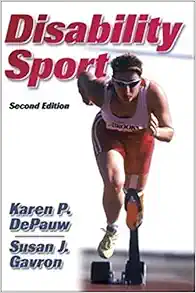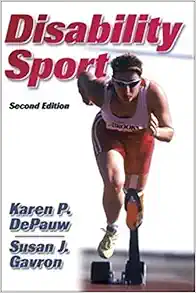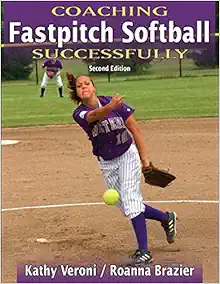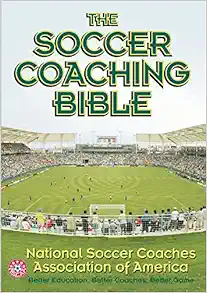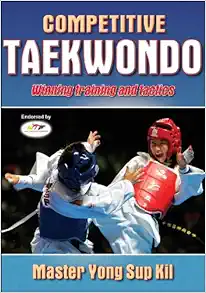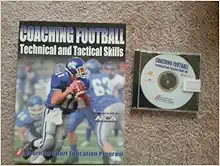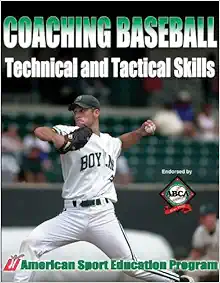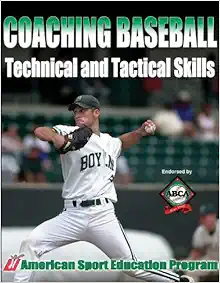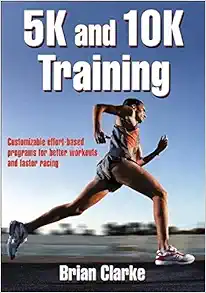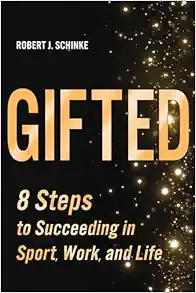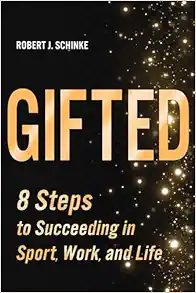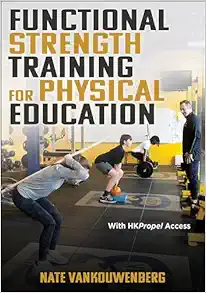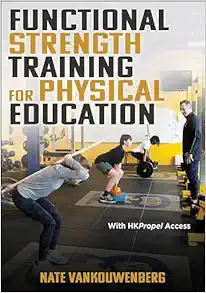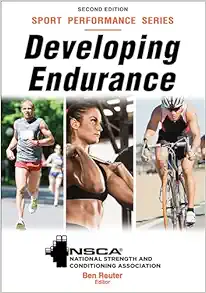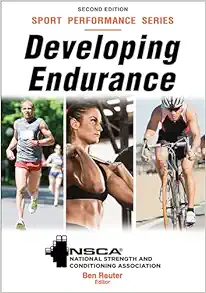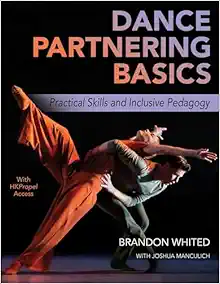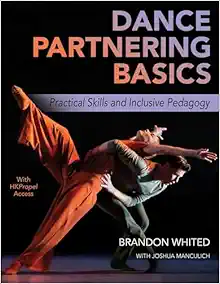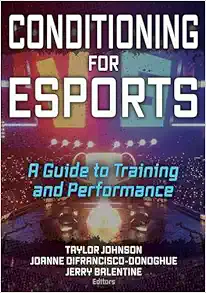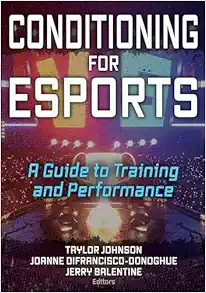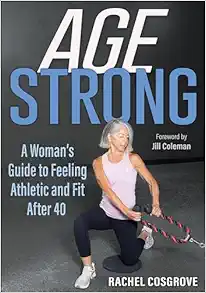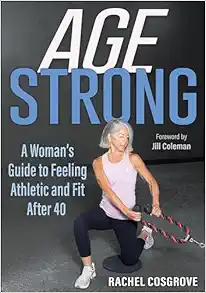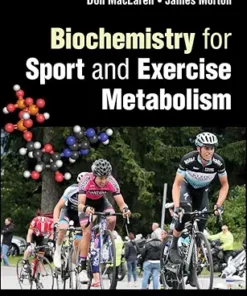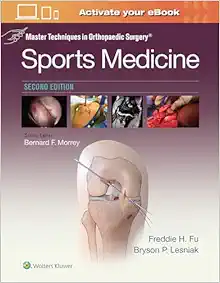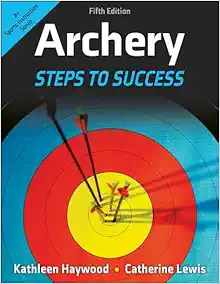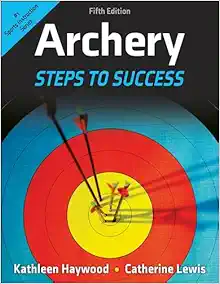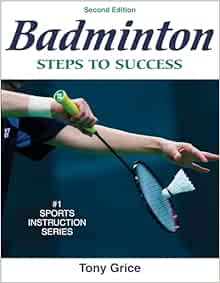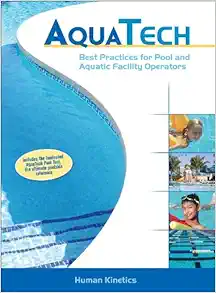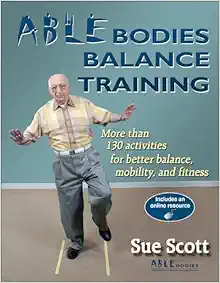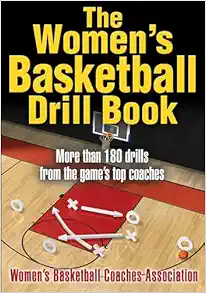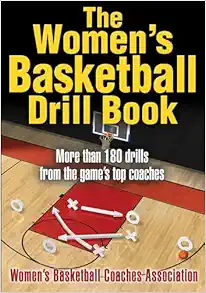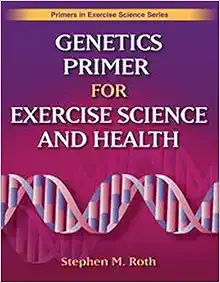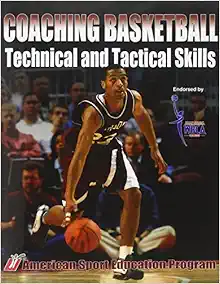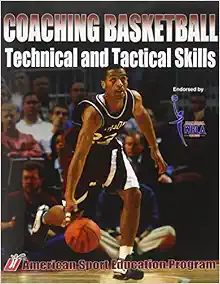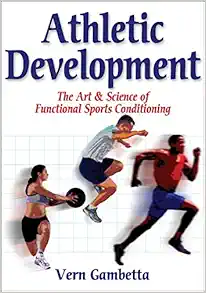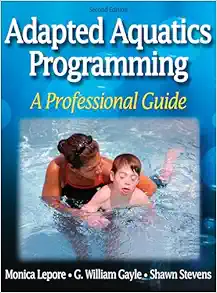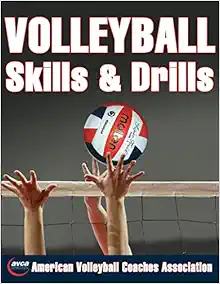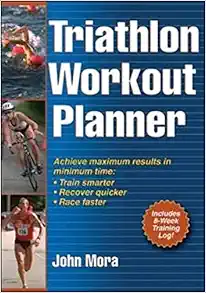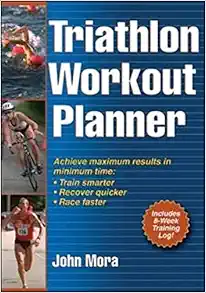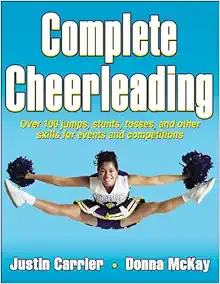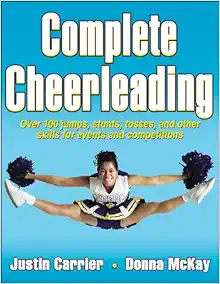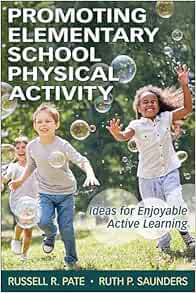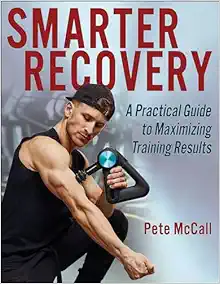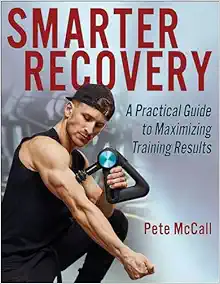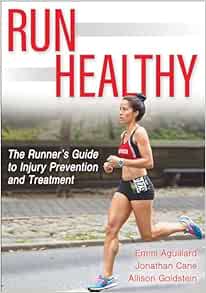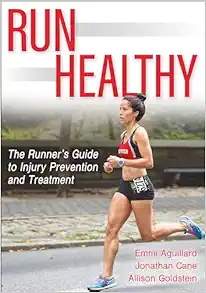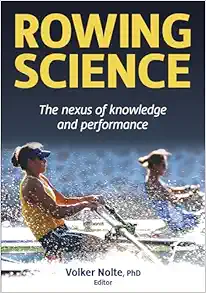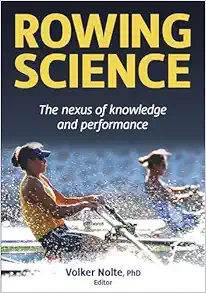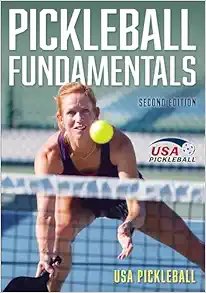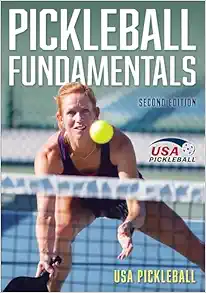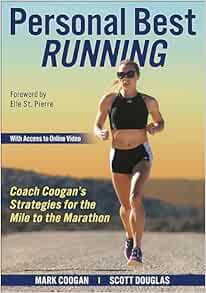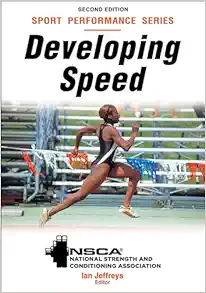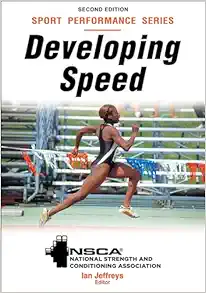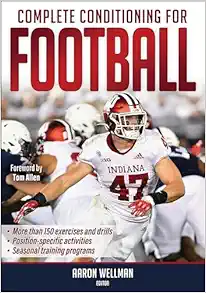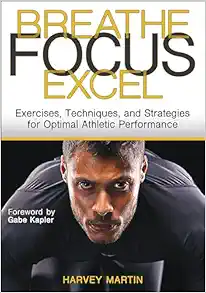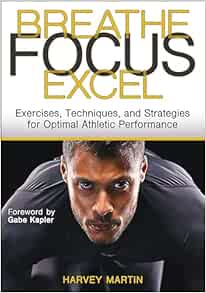Exercises for Patella (Kneecap) Pain, Patellar Tendinitis, and Common Operations for Kneecap Problems pdf 2015
$15
Exercises for Patella (Kneecap) Pain, Patellar Tendinitis, and Common Operations for Kneecap Problems pdf 2015
Patellar (kneecap) pain is one of the most common reasons patients seek medical treatment at orthopaedic and sports medicine clinics. There may or may not be an injury that causes this problem. Even without a distinct injury, patellar pain may occur suddenly with warning. Or, discomfort may come on gradually over time and slowly become worse and worse. There are many different causes of patellar pain and may terms have been used that describe this problem. These include patellofemoral pain syndrome, anterior knee pain, runner’s knee, jumper’s knee, and patellofemoral chondromalacia. Patellar pain can be very frustrating and reduce the quality of life if it becomes a chronic, long-standing problem. Home remedies such as rest, ice, elevation, and over-the-counter pain medicines may not resolve patellar pain, or keep it from returning time and time again. The good news is that approximately 80% of patients with patellar pain can be greatly helped with the right orthopaedic medical treatment and physical therapy program supervised by a physician-physical therapist team.
Patellar tendinitis represents an acute injury or onset of pain to the patellar tendon (the tendon that connects the patella to the shinbone). This condition is usually due to overuse, or repeated stress that causes tiny, microtears in the tendon, resulting in inflammation and pain. This condition is often seen in athletes involved in sports that require frequent jumping, such as volleyball and basketball – hence the frequently used term, jumper’s knee. Strenuous occupations that require work on ladders or a lot of climbing can also cause patellar tendinitis. When treated with appropriate conservative measures that reduce the inflammation and improve muscle strength and flexibility, this problem may be successfully managed. However, if not successfully managed, after a long period of time, the condition becomes chronic and is referred to as patellar tendinosis. This problem may occur in older individuals as a result of degeneration of the tendon from years of repetitive micro-trauma. Unlike patellar tendinitis, there is no inflammation in the tendon. Physical therapy is quite helpful when tendinitis begins to effect sports or becomes noticeable during regular daily activities, and even in chronic cases of tendinosis where the tendon itself must be strengthened.
Although there is a considerable amount of information available on the Internet about kneecap pain and patellar tendinitis, not all comes from medical professionals with the clinical and research knowledge that “knee specialists” have. After treating patients for nearly 4 decades with knee problems, two medical professionals – Dr. Frank Noyes and Sue Barber-Westin – decided to write this eBook to try to help individuals understand this problem, the treatment options currently available, and what to expect as a result of these options. Noyes, an internationally renowned orthopaedic surgeon and researcher, and Barber-Westin, Director of Clinical Research at the Cincinnati SportsMedicine Research and Education Foundation, team up to provide information that is easy to read and understand regarding kneecap pain and patellar tendinitis. Together, Noyes and Barber-Westin have conducted more than 60 clinical research projects and published 145 articles in the medical literature. They have edited 2 orthopaedic textbooks, which have been purchased by thousands of medical professionals involved with caring for patients with knee problems. They have also written 11 eBooks on other types of knee problems.
Related Products
Sports Medicine Books
Sports Medicine Books
Sports Medicine Books
Sports Medicine Books
Sports Medicine Books
Sports Medicine Books
Mastering Jujitsu (Mastering Martial Arts) (Original PDF from Publisher)
Sports Medicine Books
Sports Medicine Books
Sports Medicine Books
Sports Medicine Books
Sports Medicine Books
Sports Medicine Books
The Softball Coaching Bible, Volume I (The Coaching Bible) (Original PDF from Publisher)
Sports Medicine Books
The Softball Coaching Bible, Volume I (The Coaching Bible) (EPUB)
Sports Medicine Books
Sports Medicine Books
Sports Medicine Books
Sports Medicine Books
Sports Medicine Books
Breakthrough Swimming by Colwin, Cecil published by Human Kinetics (2002) (EPUB)
Sports Medicine Books
Sports Medicine Books
The Brain, Spine and Nerves in Sports (Original PDF from Publisher)
Sports Medicine Books
Sports Medicine Books
Athletic Training Exam Review, 7th Edition (Original PDF from Publisher)
Sports Medicine Books
Sports Medicine Books
Sports Medicine Books
Sports Medicine Books
Sports Medicine Books
Softball Fundamentals (Sports Fundamentals Series) (Original PDF from Publisher)
Sports Medicine Books
Sports Medicine Books
Sports Medicine Books
Sports Medicine Books
Sports Medicine Books
Mastering Judo (Mastering Martial Arts Series) (Original PDF from Publisher)
Sports Medicine Books
Fitness Walking, 2nd Edition (Fitness Spectrum Series) (Original PDF from Publisher)
Sports Medicine Books
Sports Medicine Books
Sports Medicine Books
Coaching Fastpitch Softball Successfully (Coaching Successfully), 2nd Edition (EPUB)
Sports Medicine Books
Sports Medicine Books
The Soccer Coaching Bible (The Coaching Bible) (Original PDF from Publisher)
Sports Medicine Books
Sports Medicine Books
Coaching Football Technical and Tactical Skills (Technical and Tactical Skills Series) (EPUB)
Sports Medicine Books
Coaching Baseball Technical and Tactical Skills (Technical and Tactical Skills Series) (EPUB)
Sports Medicine Books
Sports Medicine Books
Gifted: 8 Steps to Succeeding in Sport, Work, and Life (Original PDF from Publisher)
Sports Medicine Books
Gifted: 8 Steps to Succeeding in Sport, Work, and Life (EPUB)
Sports Medicine Books
Functional Strength Training for Physical Education (Original PDF from Publisher)
Sports Medicine Books
Sports Medicine Books
Developing Endurance, NSCA – National Strength & Conditioning Association (EPUB)
Sports Medicine Books
Dance Partnering Basics: Practical Skills and Inclusive Pedagogy (Original PDF from Publisher)
Sports Medicine Books
Dance Partnering Basics: Practical Skills and Inclusive Pedagogy (EPUB)
Sports Medicine Books
Conditioning for Esports: A Guide to Training and Performance (Original PDF from Publisher)
Sports Medicine Books
Conditioning for Esports: A Guide to Training and Performance (EPUB)
Sports Medicine Books
Age Strong: A Woman’s Guide to Feeling Athletic and Fit After 40 (Original PDF from Publisher)
Sports Medicine Books
Age Strong: A Woman’s Guide to Feeling Athletic and Fit After 40 (EPUB)
Sports Medicine Books
Biochemistry for Sport and Exercise Metabolism, 2nd edition (Original PDF from Publisher)
Sports Medicine Books
Becoming a Sustainable Runner: A Guide to Running for Life, Community, and Planet (EPUB)
Sports Medicine Books
Archery: Steps to Success, 5th Edition (Original PDF from Publisher)
Sports Medicine Books
Sports Medicine Books
Badminton: Steps to Success, 2nd Edition (Original PDF from Publisher)
Sports Medicine Books
Aquatech: Best Practices for Pool and Aquatic Facility Operators (Original PDF from Publisher)
Sports Medicine Books
Sports Medicine Books
Sports Medicine Books
The Women’s Basketball Drill Book (Original PDF from Publisher)
Sports Medicine Books
Sports Medicine Books
Sports Medicine Books
Genetics Primer for Exercise Science and Health (Primers in Exercise Science) (EPUB)
Sports Medicine Books
Coaching Basketball Technical and Tactical Skills (Original PDF from Publisher)
Sports Medicine Books
Sports Medicine Books
Adapted Aquatics Programming: A Professional Guide, 2nd Edition (Original PDF from Publisher)
Sports Medicine Books
Sports Medicine Books
Sports Medicine Books
Sports Medicine Books
Sports Medicine Books
Sports Medicine Books
Promoting Elementary School Physical Activity: Ideas for Enjoyable Active Learning (EPUB)
Sports Medicine Books
Smarter Recovery: A Practical Guide to Maximizing Training Results (EPUB)
Sports Medicine Books
Run Healthy: The Runner’s Guide to Injury Prevention and Treatment (EPUB)
Sports Medicine Books
Sports Medicine Books
Sports Medicine Books
Pickleball Fundamentals, 2nd Edition (Original PDF from Publisher)
Sports Medicine Books
Sports Medicine Books
Personal Best Running: Coach Coogan’s Strategies for the Mile to the Marathon (EPUB)
Sports Medicine Books
Developing Speed (EPUB)- NSCA – National Strength & Conditioning Association, 2nd Edition
Sports Medicine Books
Complete Conditioning for Football (Original PDF from Publisher)
Sports Medicine Books

